
Capturing Celestial Beauties
Explore stunning Galaxies, Nebulae, Planets, Sun and the Moon through my amateur astrophotography captures.

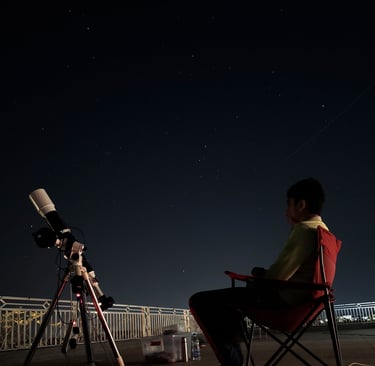

Starting as a winter hobby, astrophotography has mostly been my passion during the colder months when the skies are clearer, allowing for longer exposure times to capture deep sky objects. During my MYP5 (10th Grade) at Oakridge International, Newton Campus, I titled my Personal Project “Galactic Gaze, My Astrophotography Journey,” where I scored a final grade of 7/7. I had authored and released an Astronomy photo book and an Astro Calendar 2024 as part of my personal project.


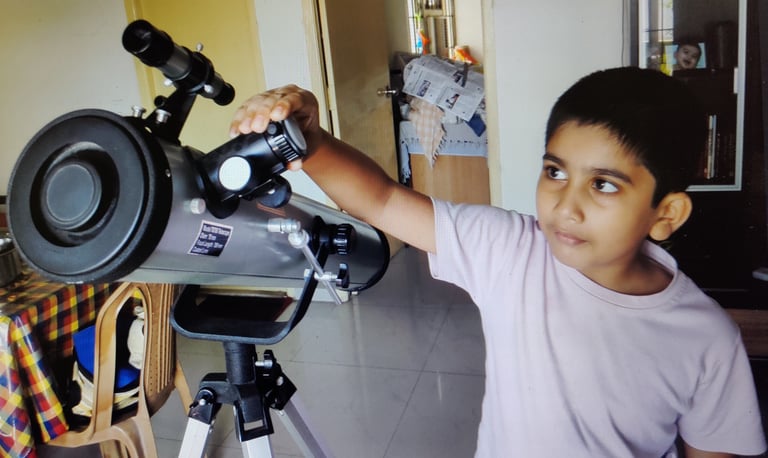

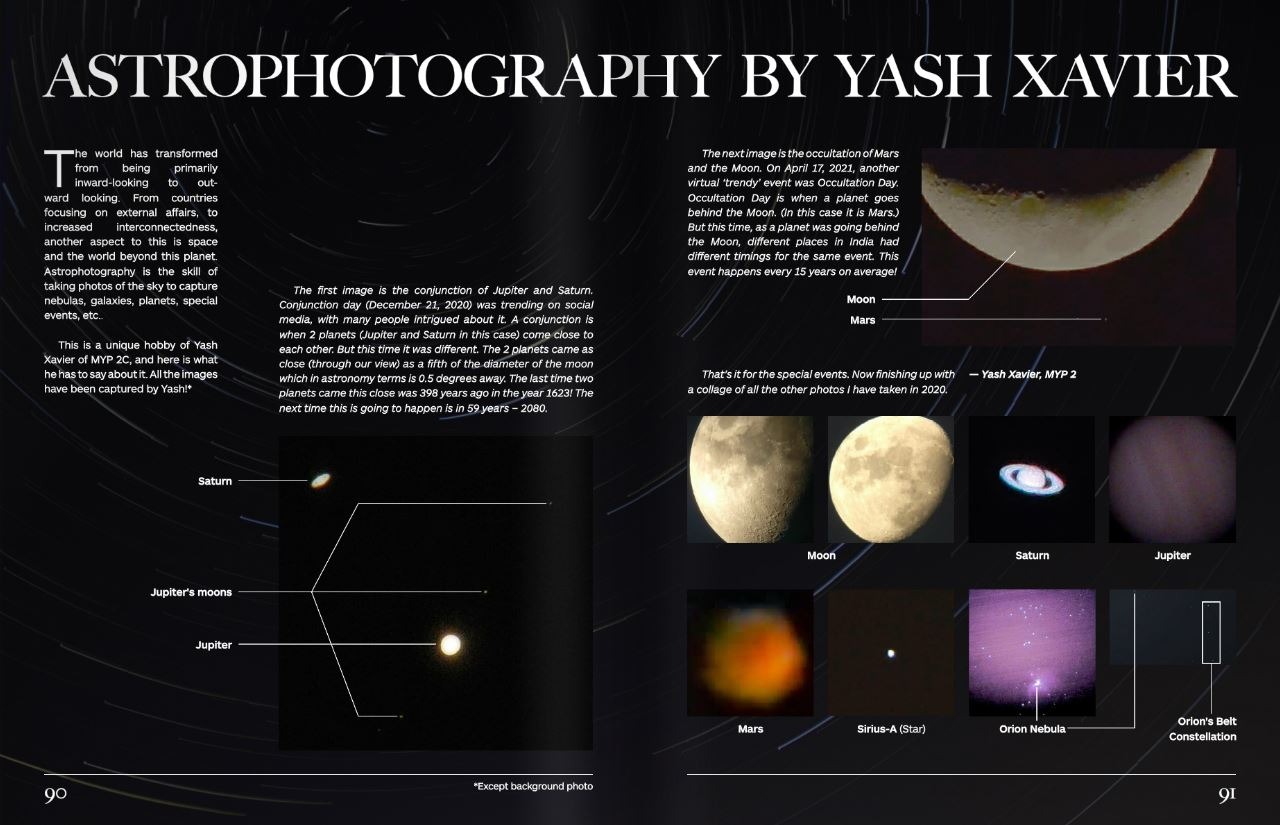

My Journey - Astronomy and Astrophotography
Over time, I have captured more than half of the celestial objects listed in the messier catalogue, which was initially compiled by French astronomer Charles Messier and includes 110 bright astronomical objects. Though other catalogues like the Caldwell catalogue and the New General Catalogue (NGC) exists, the messier catalogue has been my primary focus.
My best captures have been from locations about 100-120 kilometres away from the city, where the skies are pitch dark; yet classified as Bortle Class 4/5. Over time, we identified a couple of spots off city limits where we could hold weekend star parties, we had to also ensure our safety as these spots were mostly deserted. My dad would often take me to these areas and spending nights under the dark skies capturing celestial bodies became a frequent event. I also got involved with multiple astronomy groups in the city and found a mentor to guide me along the way.
This deep involvement in astrophotography began after moving to Hyderabad in mid-2022, when I acquired my next telescope—a William Optics Red Cat 71mm Petzval design refractor with an f4.9 aperture and 348mm focal length. I also got a 50mm guide scope and two astrophotography camera from ZWO. To properly capture deep sky objects, long exposures are key, this could be obtained only with a GoTo mount that could precisely oppose the Earth's rotation and keep the object centered in the frame with precision accuracy, I had selected iOptron’s GEM28 equatorial GoTo mount for this purpose.
My first 'astronomy article' took shape for my school magazine at DPSI back in MYP2 (Grade 7) after witnessing two significant astronomical events. The first was the Great Conjunction on December 21, 2020, when Jupiter and Saturn came within 0.5 degrees of each other when looked at from earth. This rare event last occurred 398 years ago in 1623 and won’t happen again until 2080. The second event was the Occultation of Mars on April 17, 2021, where Mars passed behind the moon as seen from Earth. Both events were unforgettable and I had strong support from my parents and teachers in capturing these events with my telescope and writing about them.
Link to my article at DPSI : https://dpsiedge.edu.in/magazine/2020-21-Secondary-BEATS/index.html (page 90)
Before these events, my efforts to capture celestial objects were progressing gradually. With my earlier telescope, a 152mm Maksutov-Cassegrain, I managed to take detailed images of the moon by attaching a DSLR to it. I also observed planets like Saturn and Jupiter, marvelling at their actual shapes which without the telescope only appeared as bright stars. Despite numerous attempts to capture the Orion Nebula back then, I eventually learned that for deep sky objects, stacking multiple images with extended exposure times was essential.
I didn’t realize when it happened, but my childhood love for Aerospace and Aircrafts also got me fascinated with the night skies and the celestial mysteries of our universe. Being a science enthusiast from my early days, the universe had always amazed me.
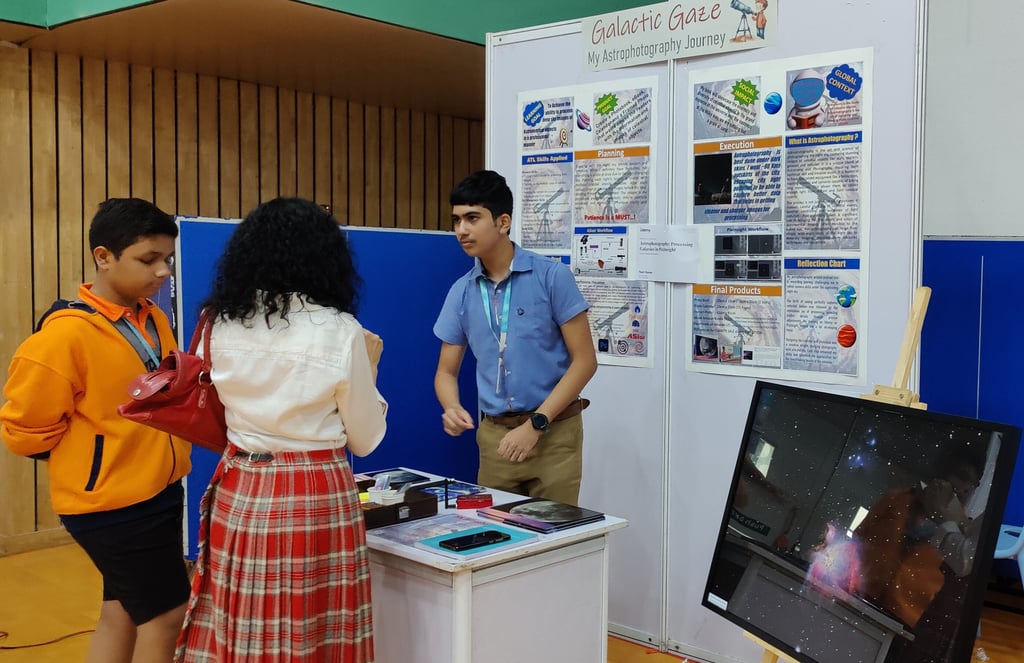

Check out details of my project 'Galactic Gaze'
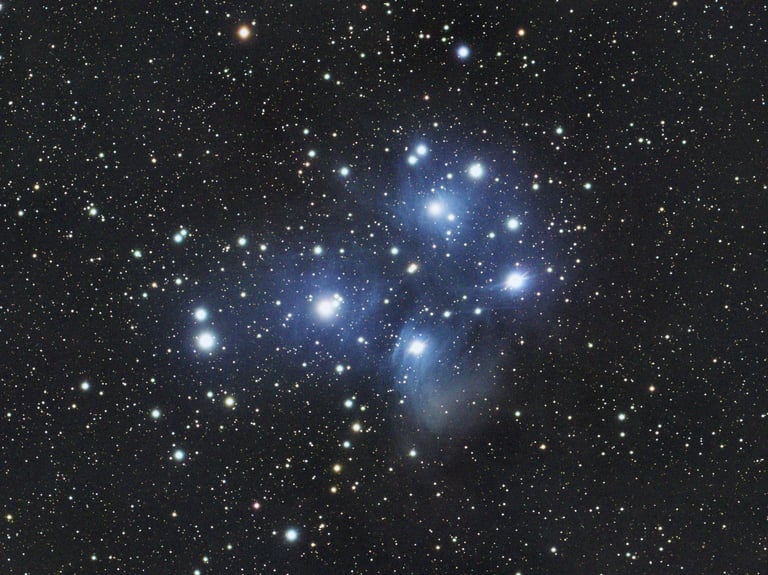

M42 - Orion Nebula
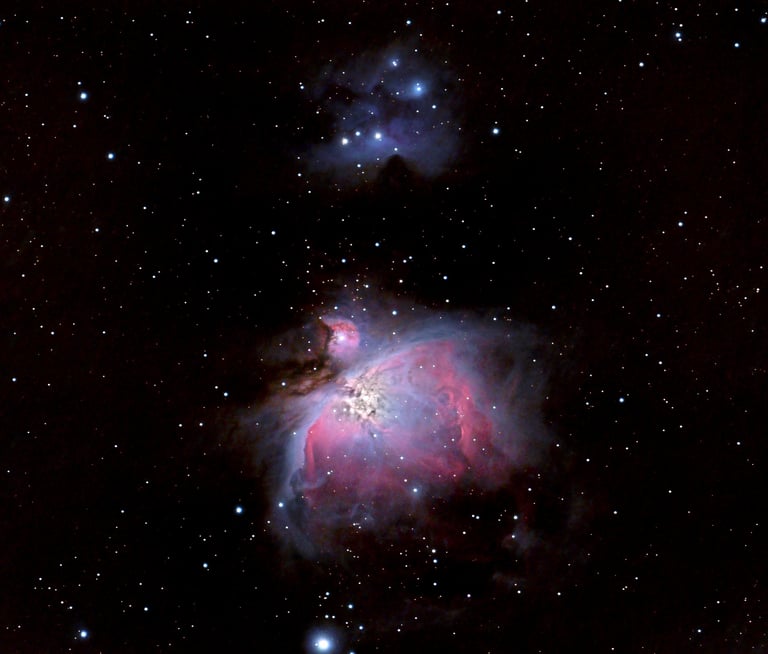

M45 - Pleiades, Also know as The Seven Sisters
Check out my Astrophotography captures under Showcase Endeavour > Astrophotography


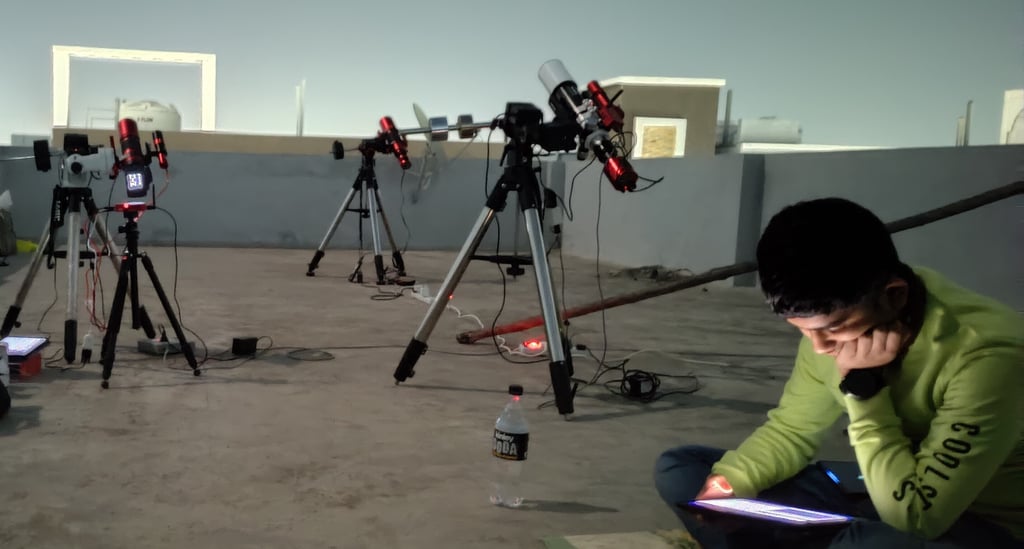

Check out my astrophotography gears
Check out our
"Star Parties"
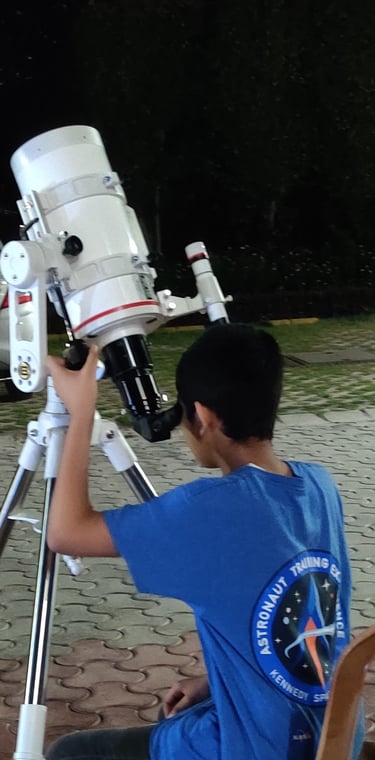

One of my earliest captures, however, was not as successful. On a night in Gurgaon, I tried photographing the Orion Nebula using just the DSLR with a telephoto lens, but all I managed to capture was a smudged purple patch. This however did not diminish my love for the night sky, which had been growing ever since my visit to NASA during my MYP1 days, I knew I was just beginning to learn more about it. I had started learning the major star constellations, my favorite being the Orion Belt. Moving to Gurgaon in 2018 further fueled my fascination with the skies, especially after my NASA trip.
My initial journey into astrophotography really began during my late Chennai days, I captured the Super Moon with my dad’s DSLR and a 300mm lens. The moon was unusually large that night, and though my first telescope was mainly for visual purposes, I was able to observe the craters on the moon’s surface. From that point on, my love for capturing celestial beauties took off.


Check out my
"First capture"
xSpace.Space - Yash Xavier's Digital Space
Explore my Journey
My Personal Pursuits
© 2025. All rights reserved.
Showcase of Endeavour
Projects & Achievements
